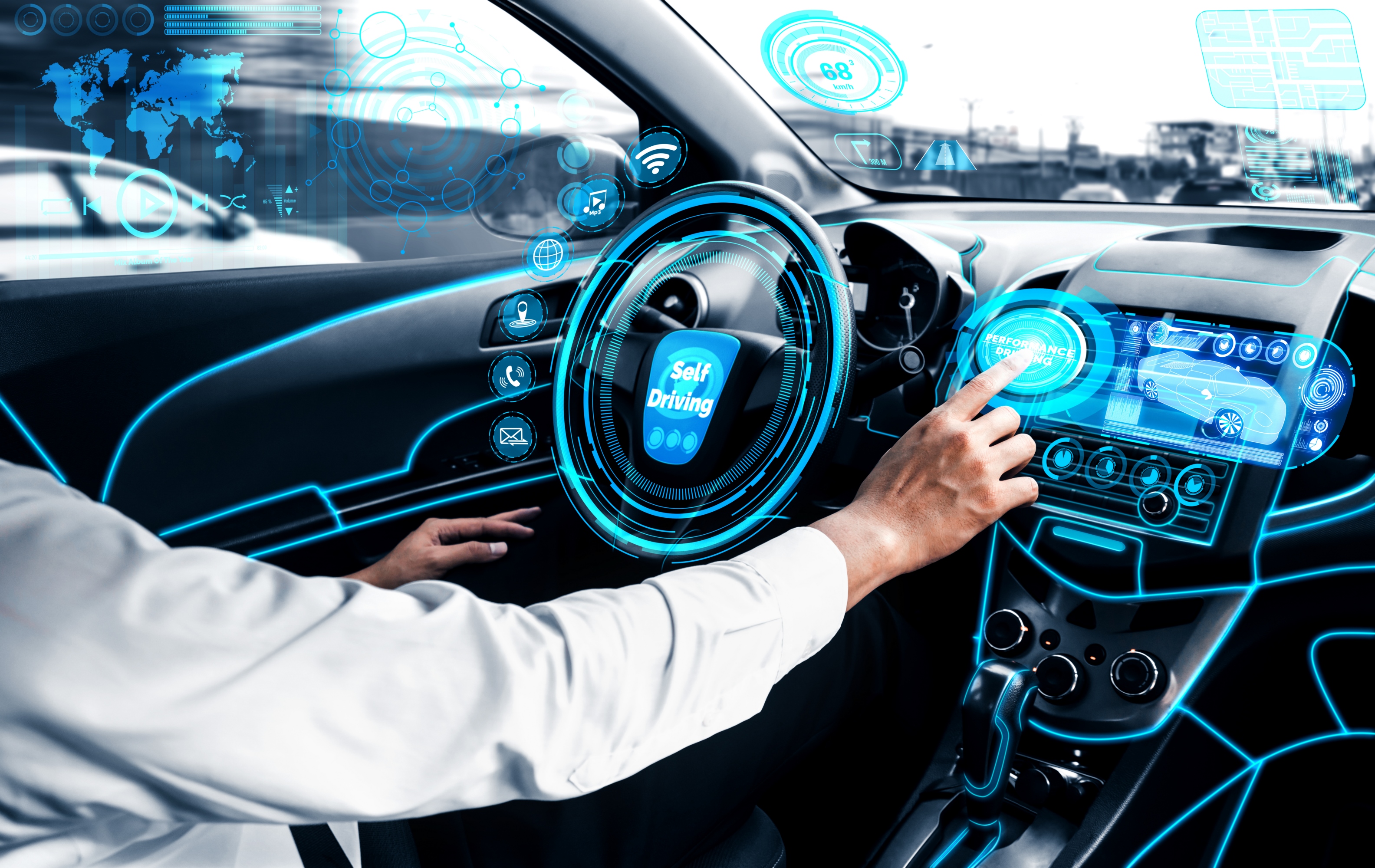Vehicle-to-Everything (V2X) communication technology represents a revolutionary advancement in transportation systems, facilitating connectivity between vehicles, infrastructure, pedestrians, and other entities. This interconnected network enhances safety, efficiency, and sustainability on roads and highways. Here’s an exploration of V2X communication, its benefits, applications, and implications for the future of transportation.
Understanding V2X Communication
Definition
- Interconnectivity: V2X enables vehicles to communicate with each other (V2V), infrastructure (V2I), pedestrians (V2P), and the network (V2N) using wireless communication technologies.
- Real-Time Data Exchange: Facilitates exchange of crucial information such as traffic conditions, hazards, road signs, and signals.
Technologies Involved
- Wireless Standards: Utilizes Dedicated Short-Range Communications (DSRC) or Cellular Vehicle-to-Everything (C-V2X) technologies.
- DSRC: Operates on 5.9 GHz band for direct vehicle-to-vehicle and vehicle-to-infrastructure communication.
- C-V2X: Utilizes cellular networks (4G LTE/5G) for broader range communication, enabling integration with cloud services and infrastructure.
Benefits of V2X Communication
Enhanced Safety
- Collision Avoidance: Real-time alerts and warnings about nearby vehicles, pedestrians, and potential hazards.
- Intersection Safety: Alerts for red-light violations, pedestrian crossings, and emergency vehicle approaches.
- Road Condition Monitoring: Updates on road conditions, weather, and traffic flow to improve decision-making.
Improved Traffic Efficiency
- Traffic Flow Optimization: Dynamic routing and congestion management based on real-time data.
- Intersection Management: Coordination of traffic signals and priority for emergency vehicles to reduce delays.
Environmental Sustainability
- Eco-Driving: Guidance for optimal speed and route choices to minimize fuel consumption and emissions.
- Electric Vehicle Integration: Support for charging station locations and availability, promoting electric vehicle adoption.
Applications of V2X Communication
Autonomous Driving
- Vehicle Coordination: Enhances coordination between autonomous vehicles to navigate complex traffic scenarios safely.
- Pedestrian Safety: Alerts pedestrians and cyclists about approaching autonomous vehicles for mutual awareness.
Smart Infrastructure Integration
- Traffic Management: Integration with smart traffic lights and signs to optimize traffic flow.
- Road Maintenance: Early detection of road damage and maintenance needs through real-time monitoring.
Emergency Services
- Emergency Response: Immediate notification of accidents or emergencies to dispatch services and nearby vehicles for assistance.
Challenges and Considerations
Standardization and Compatibility
- Global Standards: Ensuring interoperability and compatibility across different regions and manufacturers.
- Cybersecurity: Protection against cyber threats and ensuring secure data transmission and privacy.
Infrastructure Investment
- Deployment Costs: Investments in infrastructure upgrades and network coverage for widespread adoption.
- Regulatory Framework: Establishing regulations and policies to govern V2X communication and ensure safety and fairness.
Future Outlook
Evolution of Technology
- 5G Integration: Greater bandwidth and lower latency for real-time data transmission and enhanced connectivity.
- AI and Machine Learning: Integration with AI algorithms for predictive analytics and adaptive response.
Urban Mobility Solutions
- Smart Cities: Integration with broader smart city initiatives for seamless transportation and urban planning.
- Mobility-as-a-Service (MaaS): Facilitation of integrated multimodal transportation solutions for improved urban mobility.
Conclusion
Vehicle-to-Everything (V2X) communication is poised to revolutionize transportation systems by enhancing safety, efficiency, and sustainability through interconnected vehicle networks. By enabling real-time data exchange between vehicles, infrastructure, and pedestrians, V2X technology promises to mitigate traffic congestion, improve road safety, and pave the way for autonomous driving and smart city initiatives. As advancements continue and adoption increases, V2X communication is set to play a pivotal role in shaping the future of mobility, creating smarter, safer, and more connected transportation ecosystems globally.



